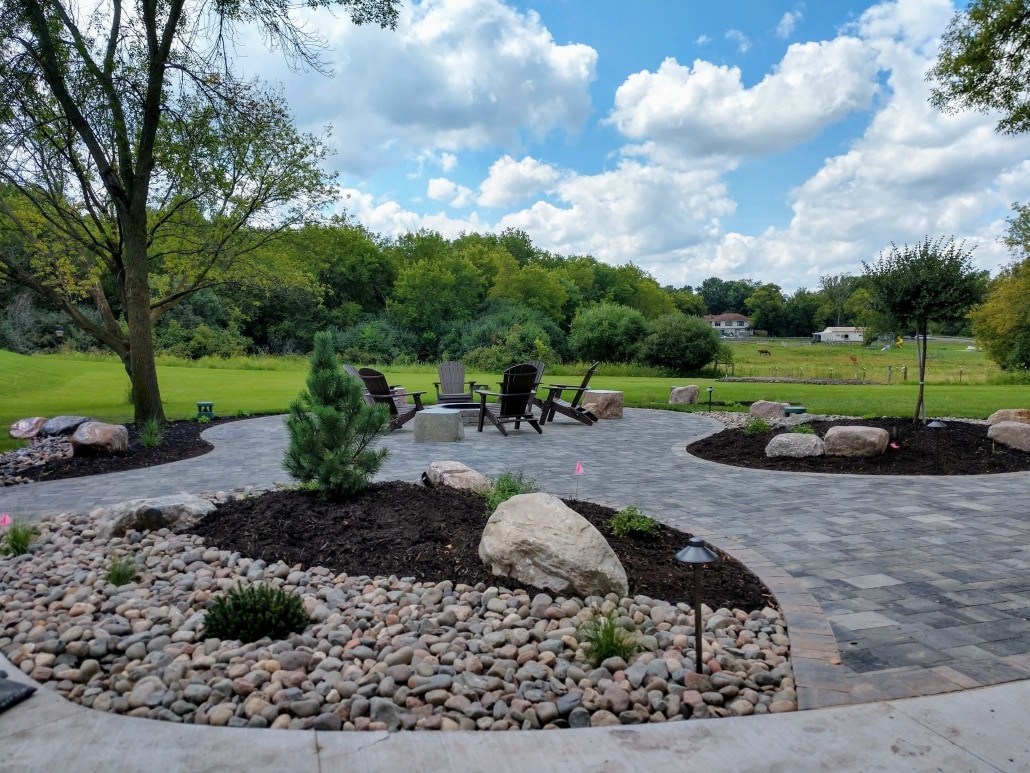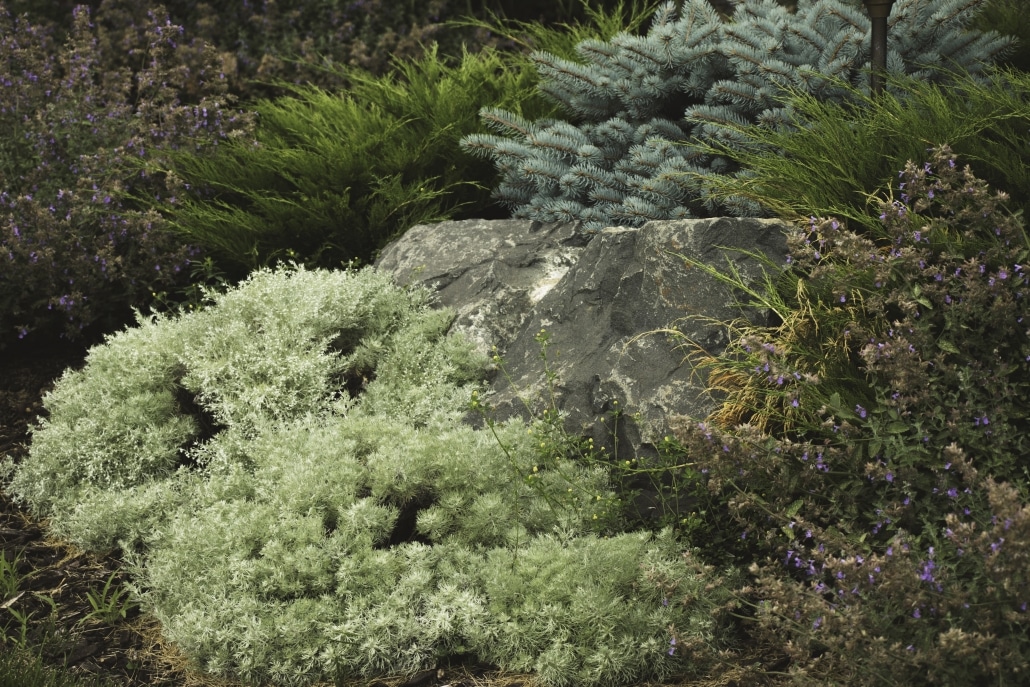Mulching is a wonderful addition to any landscaped yard. It should be a welcome part of your spring project, from covering the base of a patio to avoiding problematic areas of weed growth. Its range of colors and types of chips also makes mulch an easy way to freshen a look of landscape. Additionally, it offers a variety of practical advantages in the yard.
Nutrients
Clippings of trees, wood chips and bark are common types of mulch that break down and complement the soil nutrients below over time. Such components help to keep soil moist while enabling the passage of water and air. Under your mulch there is still plenty of space for healthy plant roots to grow, all with an additional protective layer.
Weed Control
Mulch is often used to cover new or land patches to avoid common problems with weeds. Although it does not stop weeds that have already germinated in the ground, it works as a preventive barrier to freshly planted grass, shrubs, trees and some flower beds. It blocks new weed seeds from taking root while enabling the required absorption of sunlight and water for desired plants.
Erosion Prevention
Mulch acts as a barrier in landscaping areas with heavy levels of gutter or rainwater runoff, helping to better retain water. Similarly, it operates on hills and yard slopes to keep soil in place. Every feature of nature that poses a threat to newly planted seedlings is covered by a mulch layer, making it ideal for young flower beds or any fresh addition to the spring greenery of this year.
Temperature Insulation
Mulch protects new plants from direct sunlight in the warmer months of spring and summer and keeps soil temperatures cool and humid. Mulch has a complementary effect in transitional periods, such as early spring or early autumn. This maintains a healthy amount of steady heat and provides protection from sudden frost.

Mulching can provide contrast and texture against plantings and hardscapes.
mulching best practices
While mulch is valuable in the landscape it is possible to over do it. Too much mulch can cause there to be excess organic material and holds moisture in excess. This can encourage growth of fungi or even cause rot on some of your plants. Aim for 4″ of mulch in your planting bed. If you want to top-dress your mulch to maintain a certain look then try to do so in moderation, at the rate your mulch can break down. Another option is to re-dye the mulch or to rake the mulch, pulling fresh mulch to the top,
When mulching trees and plants avoid piling mulch around the trunks and stems as this can cause rot and disease. Avoid the mulch volcano around your trees and shrubs, and instead aim for a mulch donut.
Landscapes Unlimited can help you maintain your landscape and give advice on mulch and soil ammendments. We offer design, install, and management services to help you make your dream landscape a reality.



